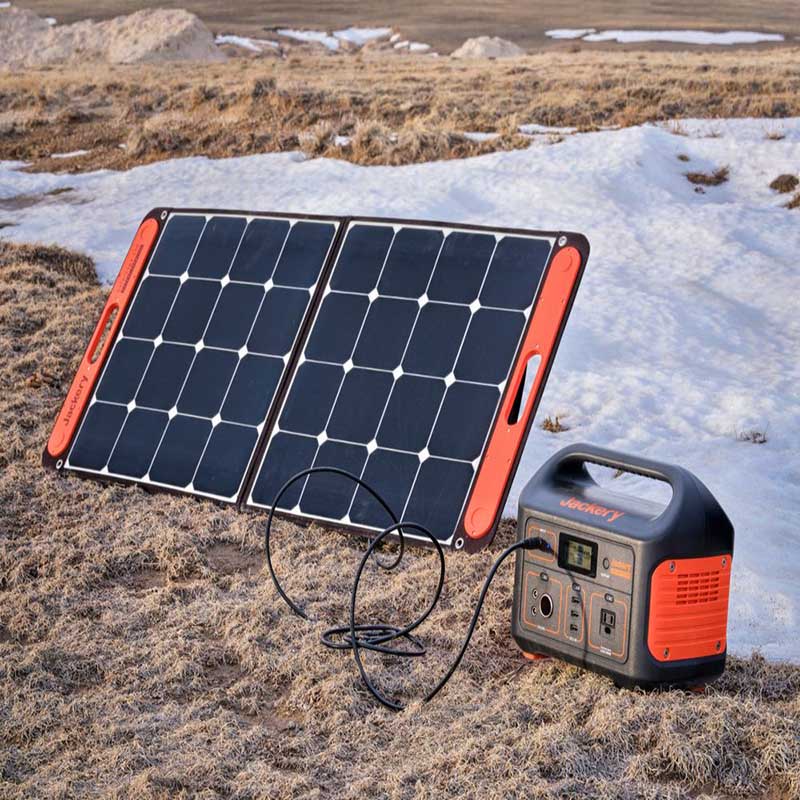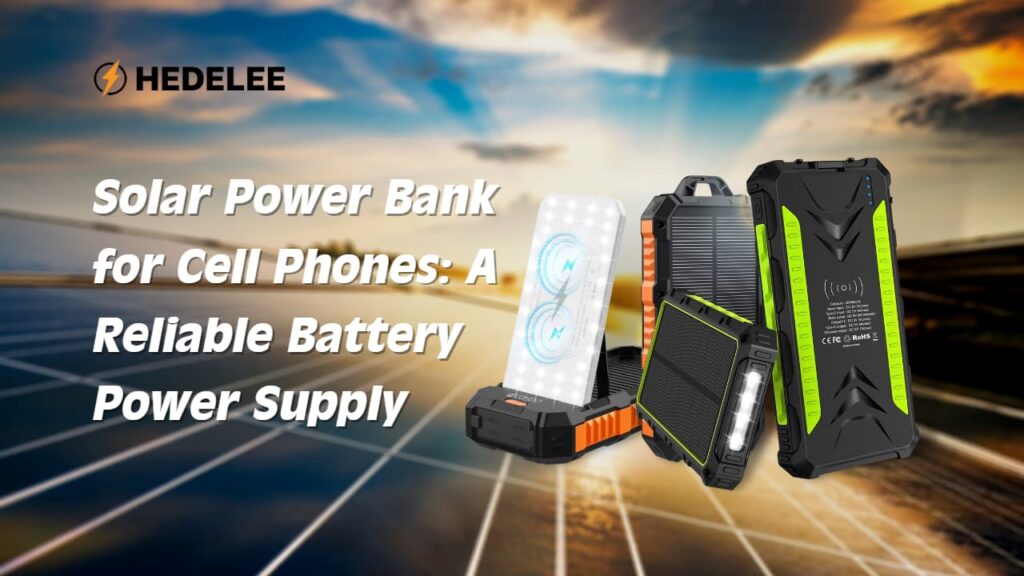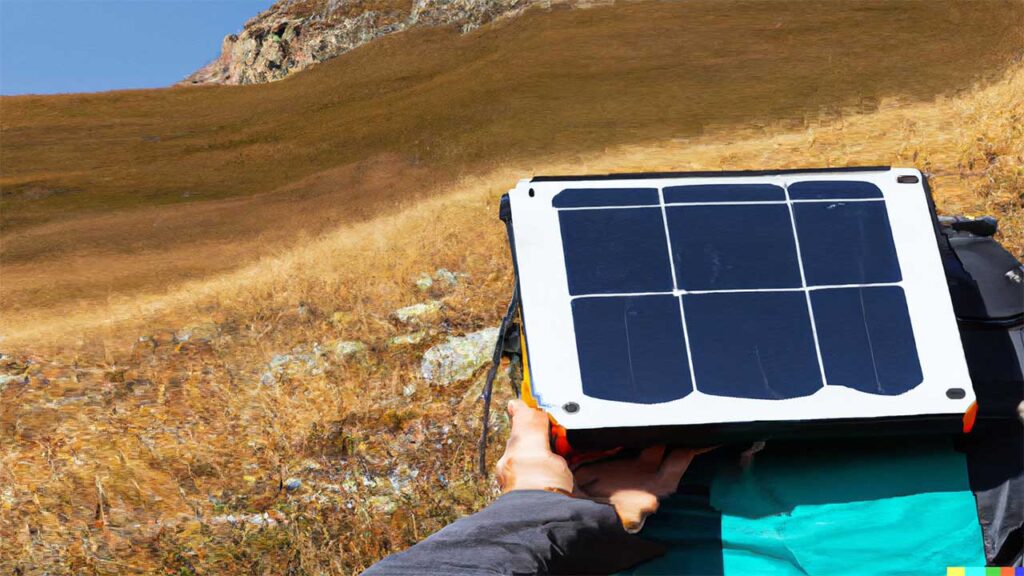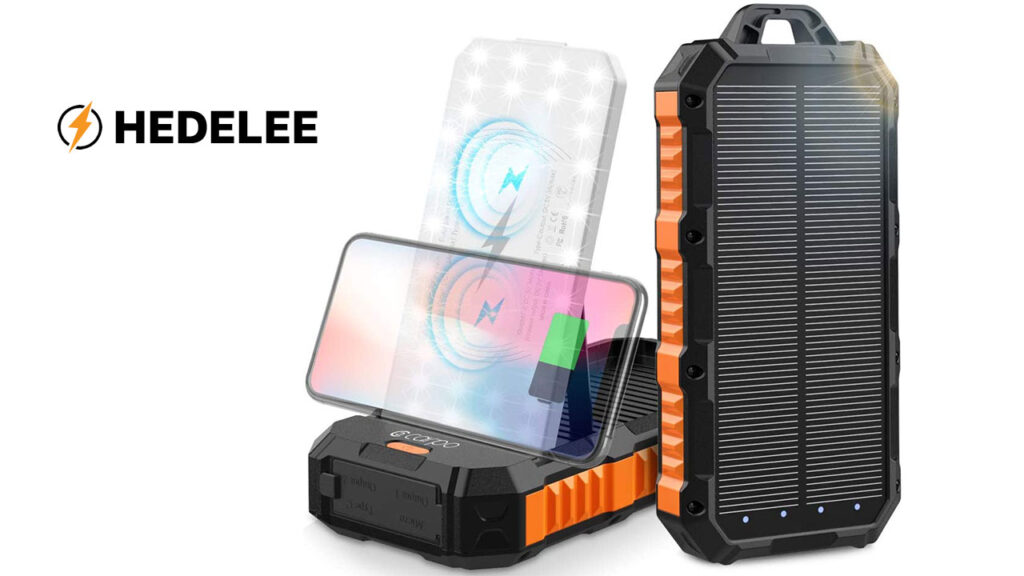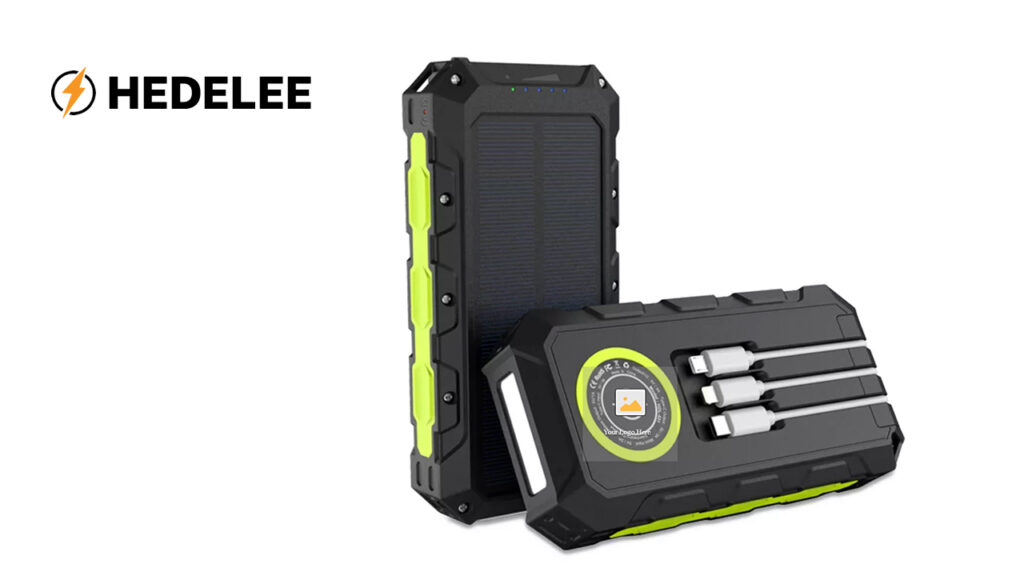A portable power station is a convenient and essential tool for outdoor enthusiasts, travelers, and anyone who needs to keep their devices powered up on the go. With a high-capacity battery and multiple charging ports, a portable power station can keep all your devices charged, even when you are away from an electrical outlet.
However, for the power station to work optimally, it needs to be charged correctly. In this article, we’ll discuss the various methods of charging a portable power station and provide a step-by-step guide to ensure that your device is fully charged and ready to use.
What is a Portable Power Station?
A portable power station, also known as a rechargeable battery pack or power bank, is a compact and portable device that can store and deliver electrical energy on the go. These devices are equipped with rechargeable batteries that can be charged using various methods, such as AC outlets, car chargers, and solar panels. Once charged, they can power various electronic devices, such as smartphones, laptops, and other USB-powered devices.
Portable power stations are particularly useful for people who spend a lot of time away from an electrical outlet, such as campers, hikers, and travelers. They can also be useful for emergency preparedness, providing backup power during power outages or other emergencies.

Features of Portable Power Stations
- Rechargeable battery: The main component of a portable power station is its rechargeable battery, which can store and deliver electrical energy as needed.
- USB ports: Portable power stations often include ports that can charge USB-powered devices, such as smartphones, tablets, and cameras.
- AC outlets: Some portable power stations include AC outlets that can charge larger devices, such as laptops and small appliances.
- Solar charging capability: Some portable power stations can be charged using a solar panel, making them a convenient and eco-friendly option for outdoor enthusiasts.
- LCD: Many portable power stations include an LCD that shows the current battery level, charging status, and other information.
Benefits of Portable Power Stations
- Convenient and portable: Portable power stations are small and lightweight, making them easy to carry and use.
- Reliable backup power: Portable power stations can provide reliable backup power during power outages or other emergencies.
- Eco-friendly: Portable power stations that can be charged using a solar panel are an eco-friendly option for people who want to reduce their carbon footprint.
- Cost-effective: Portable power stations can be more cost-effective than buying disposable batteries or relying on public charging stations.
- Versatile: Portable power stations can be used to charge a variety of electronic devices, making them versatile tools for everyday use.
Understanding the Charging Options for Portable Power Stations
Several methods of charging a portable power station include an AC outlet, a car charger, and a solar panel. Each method has its benefits and limitations, so it’s essential to understand each option before choosing the best one.
AC Outlet: Charging your portable power station using an AC outlet is the fastest and most convenient option. The charging time will vary depending on the capacity of your power station and the charging speed, but it typically takes between six and eight hours to fully charge a portable power station. Most portable power stations come with an AC adapter that you can use to plug the device into a wall outlet.
Car Charger: If you’re on the road and need to charge your portable power station, you can use a car charger. This is an excellent option for those traveling or camping in remote areas where AC outlets are unavailable. The charging time will depend on the capacity of your power station and the charging speed. Still, using a car charger typically takes ten to twelve hours to fully charge a portable power station.
Solar Panel: If you’re camping or spending time in the great outdoors, a solar panel is an excellent way to charge your portable power station. Most portable power stations come with a solar charging option, and you can purchase a separate solar panel if your device doesn’t have one. The charging time will depend on the size of your solar panel and the weather conditions. Still, using a solar panel typically takes ten to twenty hours to fully charge a portable power station.
How to Charge a Portable Power Station using an AC Outlet
The process is straightforward if you choose to charge your portable power station using an AC outlet. Follow these steps:
- Connect the AC adapter to the power station
- Plug the AC adapter into a wall outlet
- Please turn on the power station and wait for it to charge fully
The charging time will depend on the capacity of your power station and the charging speed, but it typically takes between six and eight hours to fully charge a portable power station using an AC outlet.
How to Charge a Portable Power Station using a Car Charger
The process is straightforward if you choose to charge your portable power station using a car charger. Follow these steps:
- Connect the car charger to the power station
- Plug the car charger into your car’s cigarette lighter
- Please turn on the power station and wait for it to charge fully
The charging time will depend on the capacity of your power station and the charging speed. Still, using a car charger typically takes ten to twelve hours to fully charge a portable power station.
How to Charge a Portable Power Station using a Solar Panel
The process is straightforward if you choose to charge your portable power station using a solar panel. Simply
follow these steps:
- Connect the solar panel to the power station
- Place the solar panel in direct sunlight
- Please turn on the power station and wait for it to charge fully
The charging time will depend on the size of your solar panel and the weather conditions. Still, using a solar panel typically takes ten to twenty hours to fully charge a portable power station.
Tips for Proper Charging of Portable Power Stations
Here are some tips to ensure that your portable power station is charged correctly and performs optimally:
- Use the correct charging method: Make sure to use the correct charging method for your portable power station, as using the wrong method can damage the device or result in a longer charging time.
- Keep the power station cool: Avoid charging your portable power station in direct sunlight or hot environments, as high temperatures can damage the battery and reduce its lifespan.
- Charge regularly: Regular charging of your portable power station can help to maintain its battery life and performance.
Conclusion:
A portable power station is a convenient and essential tool for anyone who needs to keep their devices powered up on the go. You can ensure your device is fully charged and ready to use whenever necessary.
Solar panels, understanding each option, and following the proper steps can help to maximize the performance and longevity of your device.

